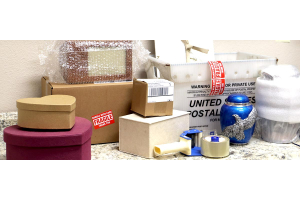
From ancient pictographs on cave walls to stone carvings on the Serengeti Plains, Roman cameos to Egyptian tombs, humans have used engraving to leave their mark for millennia. Cultures around the world have engraved words and images into hard surfaces in order to create memorials to honor the gods, to offer respect to leaders and, especially, to remember loved ones who have passed.
Over the years, engraving technology has evolved by leaps and bounds. Modern memorials for loved ones are more beautiful than ever. Engraving may have started as the practice of scratching into stone with a rock wedge, then transformed into using cutting tools to etch metal... but modern engraving employs cutting-edge modern methods — like 3D crystal glass subsurface engraving — to deliver stunning, artistic memorials.
Today's engraving technology offers a beautiful way to honor and remember those who've passed on in the form of a stunning heirloom.
What is a Memorial?
Since time immemorial, humans have come up with creative ways to honor their loved ones. Often, that means creating a memorial.
But what, exactly, is a memorial? In a nutshell, a memorial is any object that provides a way to focus on a memory. Some common memorial objects include:
- Buildings or structures
- Landmarks
- Areas of land, such as a park or a battlefield
- Works of art, such as a statue or sculpture
- Items such as a headstones, urns, keepsakes or light boxes
What types of memories do memorials commemorate? Memorials may focus on an event — something that happened in a certain place, at a certain time, or across a period of time, such as an achievement, a battle, or even a tragedy.
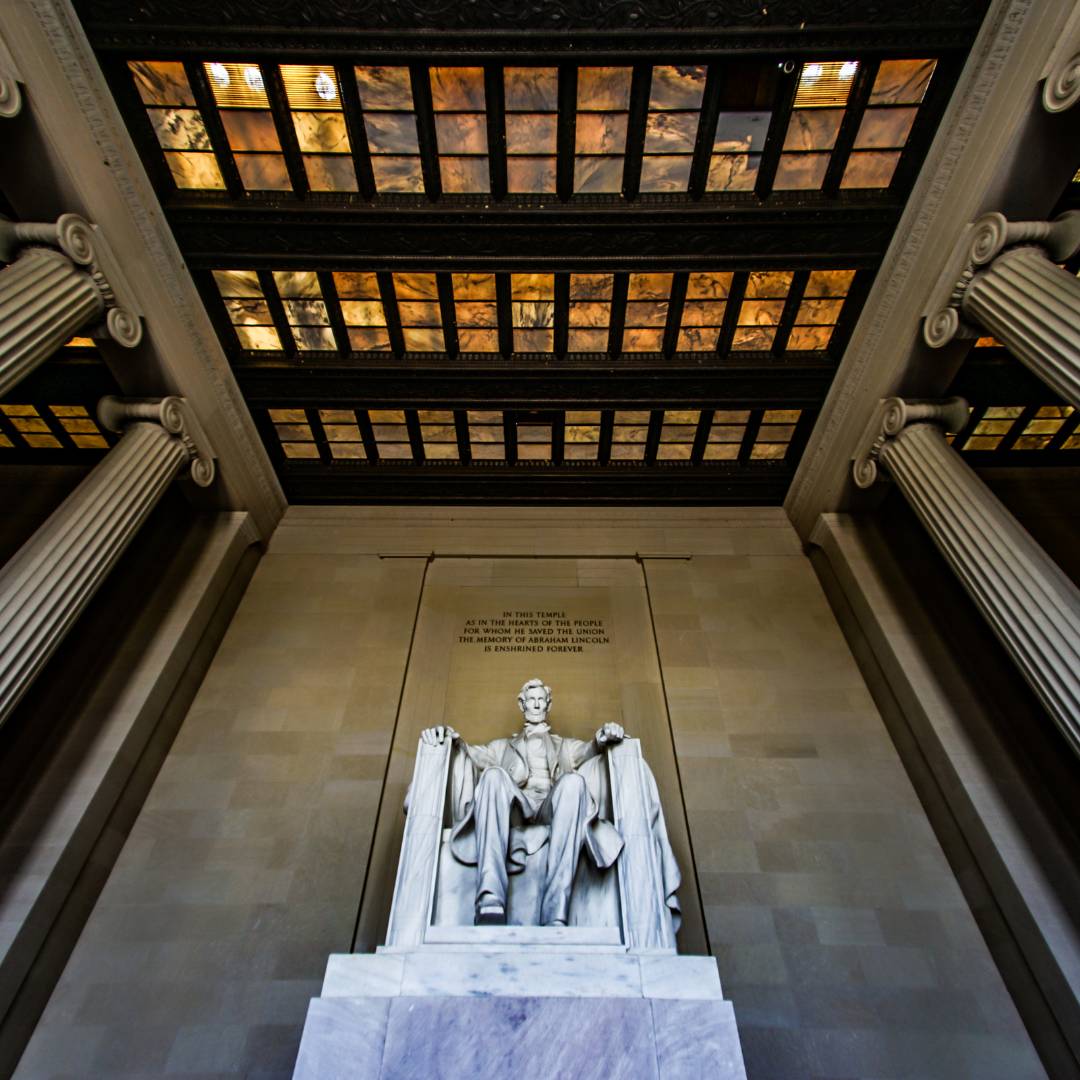

Memorials often focus on people. In the ancient past, many memorials were created to glorify deities or rulers. But people have also created memorials to honor and remember their loved ones who have passed on.
Let's look at a few different types of famous memorials:
- Vietnam Veterans Memorial: Constructed in 1982 from somber black granite, this memorial consists of two 247-foot long walls that list the names of more than 58,000 missing and dead soldiers in the Vietnam War
- The St. Louis Gateway Arch: This iconic structure reaches 630 feet into the air and serves as the focal point of the Jefferson National Expansion Memorial, which commemorates western expansion in the early United States
- Pearl Harbor National Memorial: Lying over the water and accessible only by boat, this memorial commemorates the service members that died in the attack on the USS Arizona, heralding the United States' entry into World War II
- Grotte de Cussac cave: This 30,000-year-old wall art scratched into cave walls is the first evidence that ancient humans commemorated their dead through artwork
- Lincoln Memorial: This 99-foot-tall marble sculpture honors the nation's 16th president and is a popular tourist destination
- Trail of Tears National Historic Trail: A reserve of land that commemorates the thousands of Native Americans that suffered and perished under the passage of the Indian Removal Act of 1830
- Egyptian pyramids: Built thousands of year ago to house the graves of pharaohs and queens, the infamous pyramids are tombs that commemorate ancient Egyptian rulers
- Martin Luther King Jr. Memorial: Set in a lovely park in Washington DC, this 30-foot-tall statue honors the life and work of the great civil rights leader Dr. Martin Luther King Jr.
- Taj Majal: This stunning building was built by the emperor Shah Jahan to commemorate the death his wife, the empress Mumtaz Mahal
As you can see, memorials run the gamut from elaborate buildings and statues to pictographs on cave walls. But there's one component all memorials share: They're created to focus on a memory. Often, engraving plays a role in that commemoration.


The Use of Engraving in Memorials
Though all memorials are unique, there's a common method found in many memorials through history: Engraving. In fact, as long as people have been around, we've been (literally) making our mark on the world around us.
Over the years, engraving technology has evolved. While we may have started out scratching pictograms into stone and moved on to using tools to etch metal and glass, today we can create stunning 3D subsurface engravings in the clearest crystal.
Let's take a look at how memorials and engraving have evolved together over time.
Memorials in Pre-History
The first evidence of humans using engraving techniques — using rocks to scratch designs in other rocks, on walls, in bone and ivory — dates back hundreds of thousands of years. Fossil collections indicate humans were drilling holes in rocks in Indonesia more than 500,000 years ago. Stone Age artifacts from South Africa, dating from about 60,000 BC, include ostrich eggs engraved with patterns.
From there, artifacts show that engraving became both practical and a form of expression. The first connection between engraving and commemorating the dead comes from an ancient cave in France's Dordogne River valley.
When researchers first discovered the Grotte de Cussac cave in 1994, they were thrilled to find a treasure trove: More than 800 drawings of people and animals were scratched into the walls. But that wasn't all. Further exploration uncovered the remains of six humans, who had been carefully and purposefully buried, and the area around the bodies decorated.
Carbon dating found that the remains were between 25,000 and 30,000 years old. Scientists say that the pictograms indicate the first known example of humans deliberately interring their dead with engraved artwork. The pictograms were created using a combination of scratching (likely with rocks) red ocher (a pigment) and charcoal.
It's the earliest example yet found of engraving used to memorialize those who've passed. Engraving at this time used technology known as the "push" method, or simply using a stone tool as a gouge to "push" into a surface, leaving a mark.
The "chasing" engraving method also developed during this time. Chasing involves striking a stone gouge with another stone or piece of wood, essentially using it as a hammer. The chasing method allows engravers to etch into harder materials and to work for longer periods of time.
Engraving in the Bronze Age
During the early Bronze Age, humans started working with metal, and the technology of engraving progressed in leaps and bounds. At that time, engraving was often used to signify wealth and power and to honor the divine, as well as to memorialize the dead.
Around 3,000 BC, carvers began to use metal tools to engrave gemstones. Artifacts from ancient Samaria (today's Israel), Anatolia (today's Turkey) and Egypt boast intricate etching. It's thought that these decorative objects were created for and owned by the wealthy and powerful.
Similarly, in Mesopotamia (today's Kuwait, Iraq, Syria and Turkey) carvers were engraving on beads and seals. Talented engravers created beautiful carvings using jade in South and Central America. And in Asia, artisans used engraving to memorialize history.
Engraving began to be associated with honoring the dead in Egypt. Scarab carvings were used to create jewelry. One side of the scarab looked like a beetle, while the other side was inscribed with hieroglyphs that recorded memorable events or spelled out prayers for the dead.
Around the same time, the pyramids were constructed as memorials for pharaohs and queens. Thousands of years later, these massive tombs still stand as symbols of the Egyptian beliefs and rituals around death and the afterlife.
Around 2,700 BC, a new engraving technology developed: drilling. Drills consisted of a stick with a handle on one end and a sharpened rock of bit of metal on the other end. Engravers weighed down the drill with ropes and rocks, then rotated the drill by hand. Over time, engravers began using bows to turn the drills even faster.
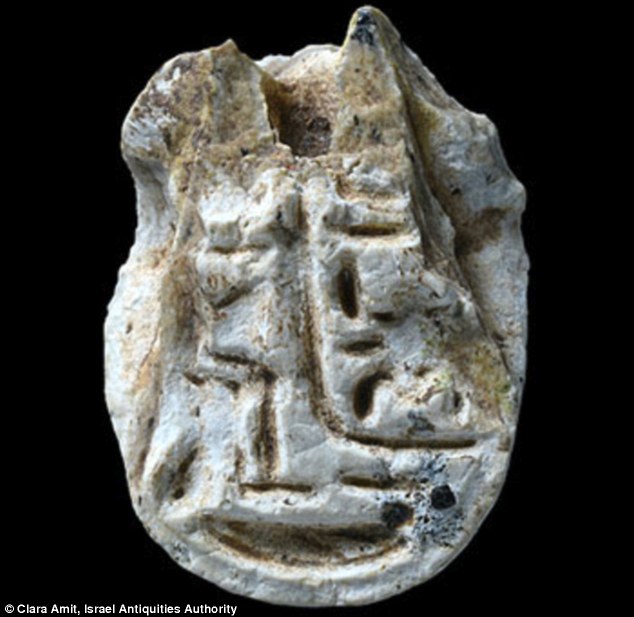

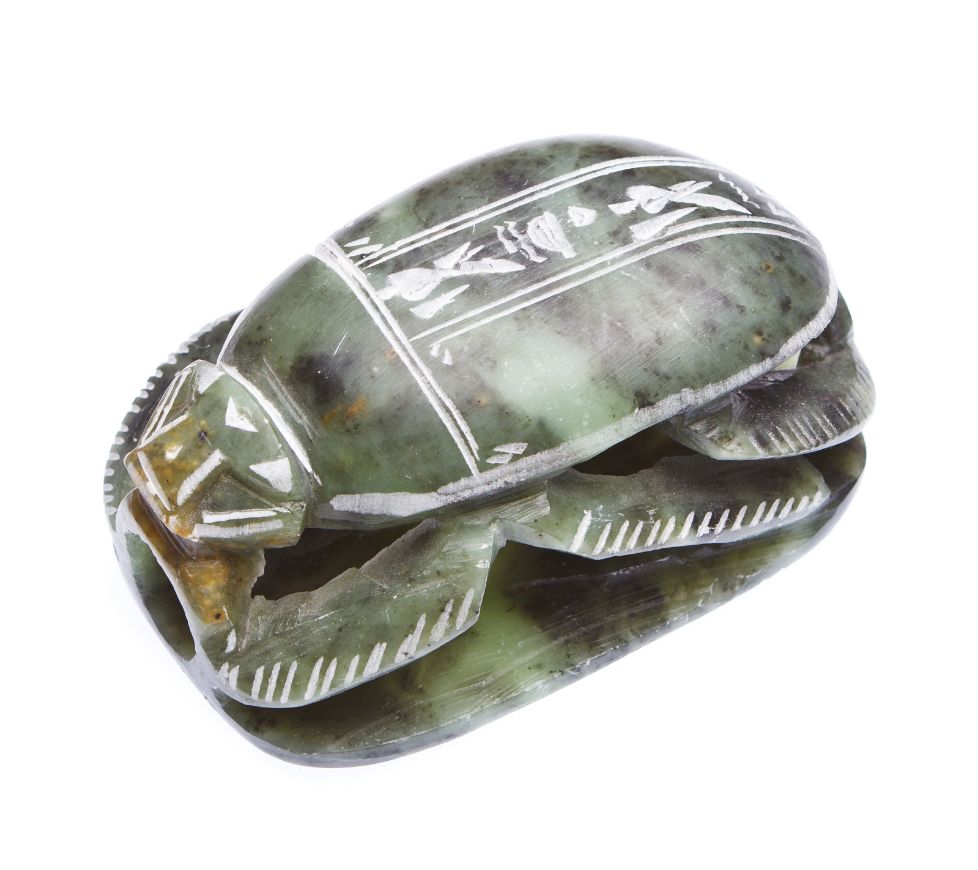

Iron Age Engraving Techniques and Uses
As technology improved, engravers turned to harder and more diverse materials, including gems, stones, bone, ivory and more. In Ancient Greece and Rome, artisans used a range of techniques, including pushing and chasing, along with drilling.
Greeks were especially well-known for their statues, which were creating using the push technique. The Greeks believed that immortality could be found if the living remembered the dead, so statues, finials and monuments were used as a way to memorialize those who passed through an epitaph engraved on each piece's base.
Many graves were embellished with stele, or stone slabs that were engraved with carvings and words, then painted in colorful hues. The stele and other funerary art were designed to reflect the personality of the deceased and served as memorials.
Greeks also engraved vases and urns and used them as grave markers. These large urns were engraved with geometric designs and pictures, and often painted. They had a hole in the bottom so liquid offerings could be poured through. The urns were set on or near burial sites.
Romans were among the first to create dies from bronze and iron, which they then used to cast coins. And in about 200 BC, the Rosetta Stone was created, paving the way for future researchers to interpret ancient Egyptian hieroglyphs engraved into tablets, tombs and statutes.
Engraving was firmly established as a way to remember the past, as well as people.
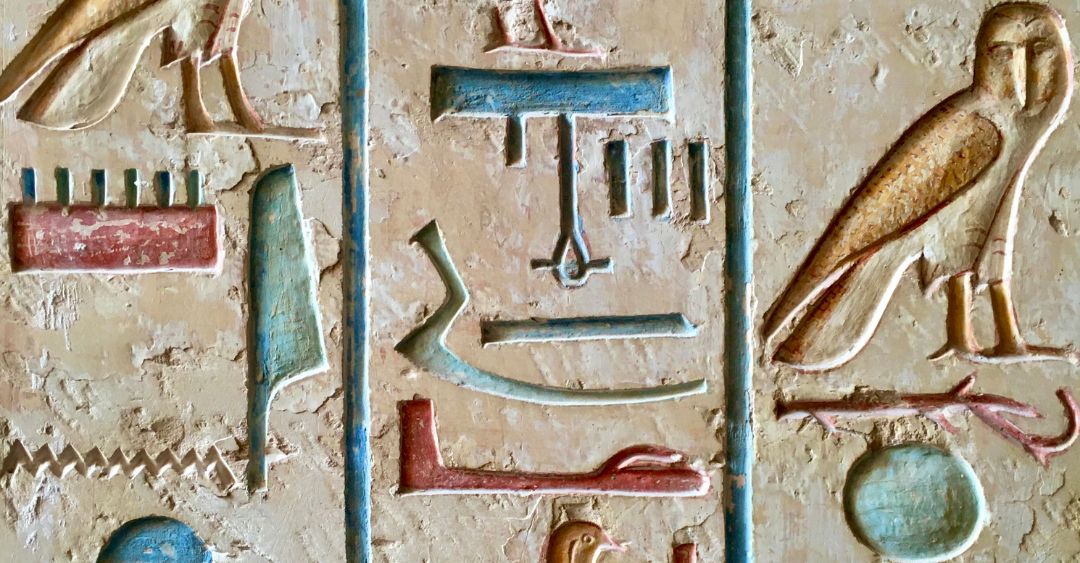

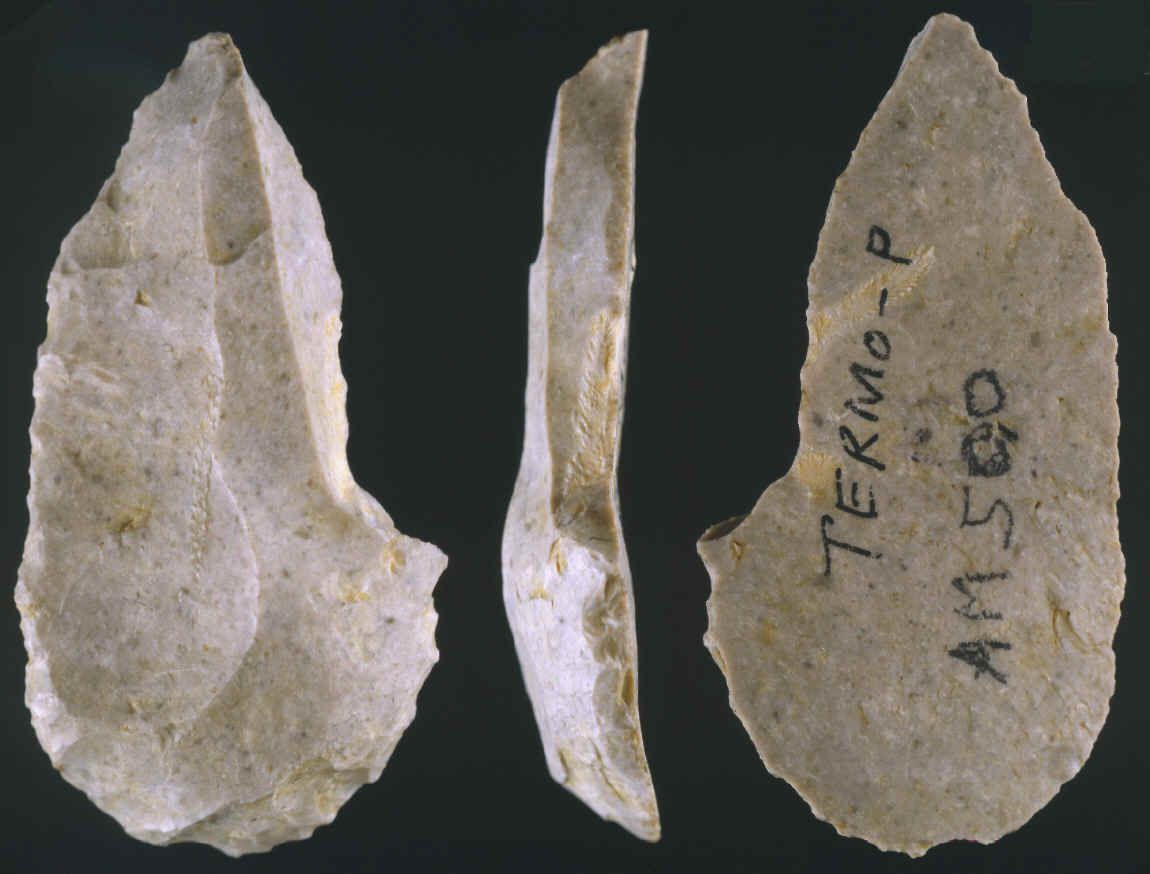

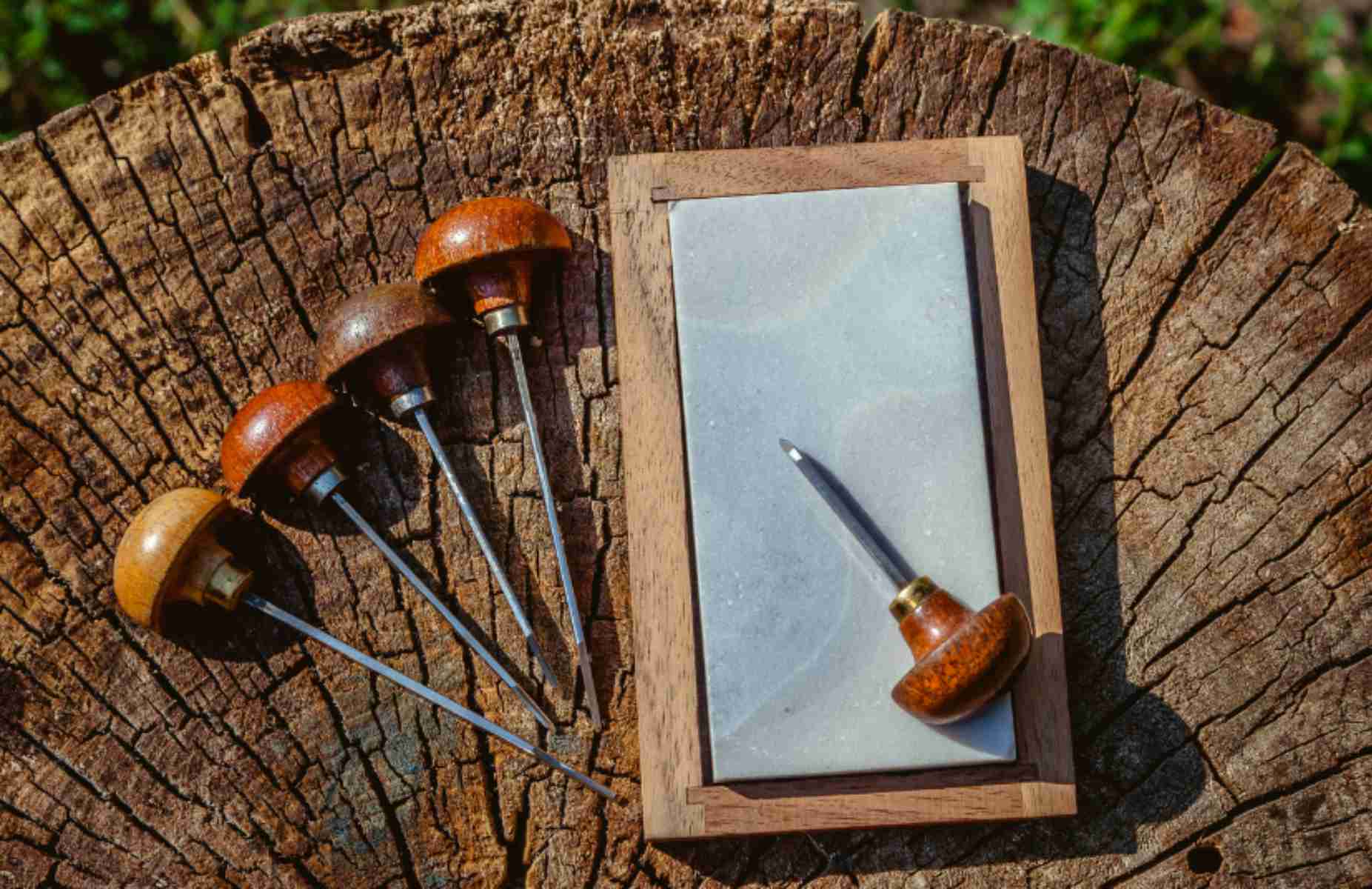

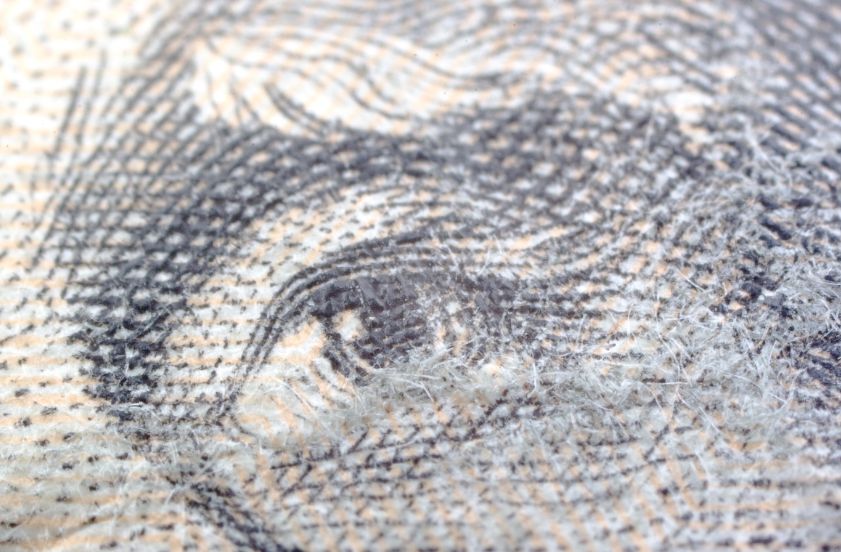

Engraving During the Medieval Period
During the Middle Ages, various funerary traditions continued to use and build upon engraving techniques. In the 1300s, the plague swept across Europe. For sanitary reasons, the dead were buried in underground catacombs. In remembrance, golden glass disks were used as memorial markers.
The very wealthy were commemorated with engraved marble sarcophagi. For those who could afford tombs, engravings often showed the occupation or status of the deceased. For instance, clergy might have a tomb engraved with angels, while knights would have armor engraved on their final resting place. Alabaster and brass were often used to create these memorials.
Engraving technology continued to advance, and artisans' work continued to improve. By the 1400s, a new technique emerged that built upon the Greek and Roman use of dies: engraving with plates.
In Medieval Germany and Italy, decorative metalwork grew in popularity. A steel tool called a burin was used to create ever-more detailed works. A dotting method developed that allowed for greater shading and detailing. Copper printing was another popular technique, and engraving was used to reproduce paintings onto paper.
By the 1600s, the dotting technique that had been developed two centuries earlier evolved into what came to be known as "stipple engraving" or "crayon manner." These engraving techniques used burins and tools known as rockers to engrave sheets of metal with multiple dots and nicks at once, greatly speeding up the process.
Around the same time, a process called mezzotint emerged. Known as the "English manner," this technique uses a rocker to rough up a copper plate. The nicks and dents are then filled in with ink from drawings, and high areas scraped away. This allowed engravers to form pictures.
Industrial Age: Engraving and Memorials
As the industrial age gathered steam, engraving technologies evolved quickly. The industry began transitioning from hand-powered to steam-powered presses. By the 1800s, steel engraving was all the rage.
Engraved plaques were everywhere to be seen, from train stations to building facades. Even bank notes were often made from engraved steel.
Other industries embraced engraving. Before the advent of reliable photography, newspapers, postcards, books, art reproductions, postage stamps and more were all produced using the new engraving and printing technologies.
Memorials commonly took the form of tomb stones at this time. The new engraving technology meant that stones were less expensive to manufactured, making an engraved headstone more accessible to everyday people, rather than simply the wealthy elites.
Improved engraving technology also meant that gravestones could include more information. During the Victorian era, inscriptions grew longer and many contained epitaphs. Pictographs such as the eye of Horus, weeping willows and wings were often engraved onto stones to provide more personal information about the deceased, such as their social class, occupation, religion and interests.
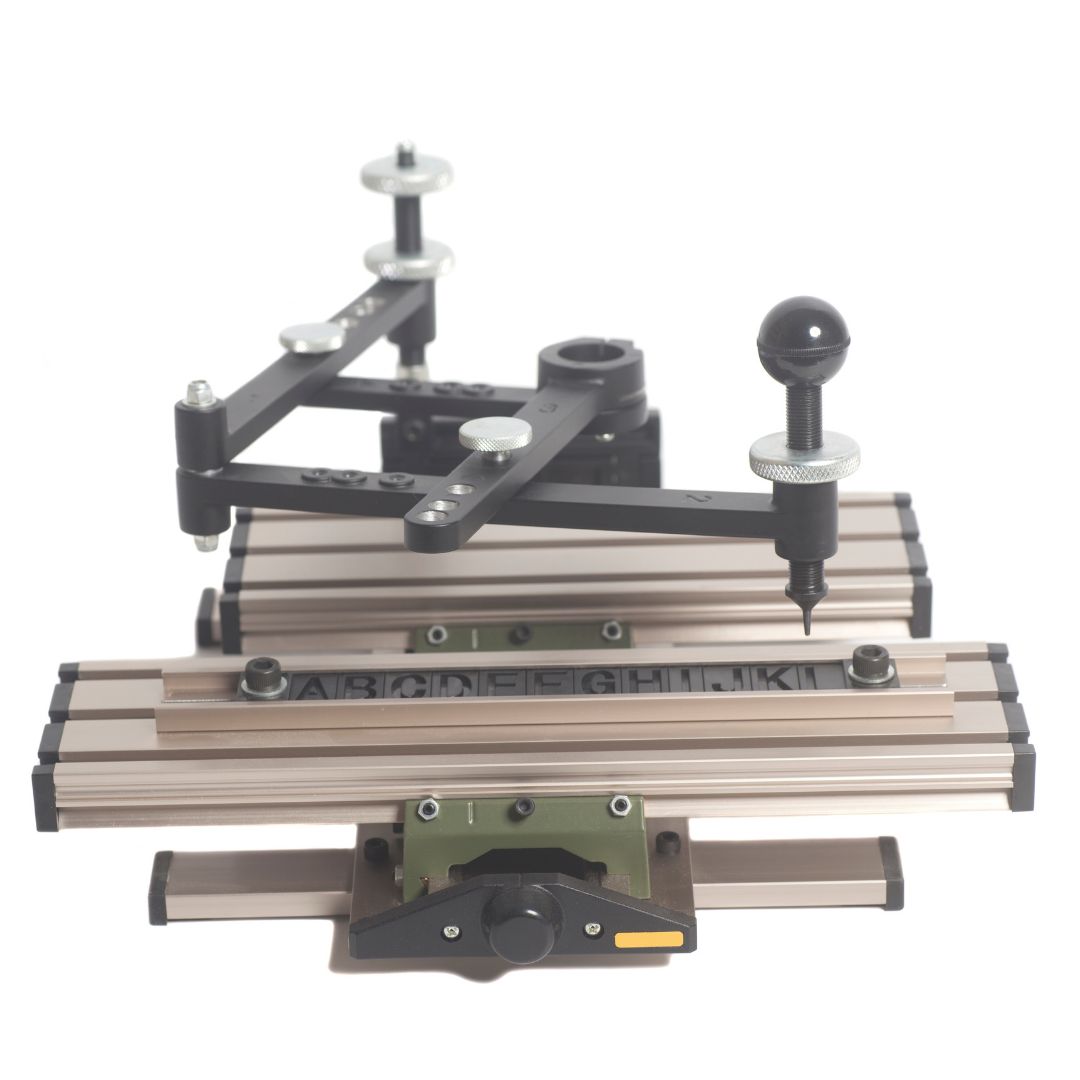

Modern Day Engraving and Memorials
As the world moved into the 20th century, engraving technology continued to evolve at an exponential rate. However, some industries began to move away from engraving with the advent of photography. Exceptions included stamps and music, which both continued to use engraving as a main production method.
However, line and hand engraving experienced a renaissance of sorts in the early 20th century. Along with its resurgence as an art form, engraving was used to publish underground resistance newspapers during the run-ups to the first and second World Wars. In addition, push engravers enjoyed renewed popularity as a technique used to create jewelry.
More advances in engraving came after the war. In 1945, the advent of pantograph machines made engraving easier and quicker — and more precise — than ever before. For the first time, machines could be set to cut light steel, wood and plastic automatically.
Two years later, in 1947, New Hermes introduced "diamond drag" engraving. This new technique essentially scratches away layers to expose bare metal, which can then be oxidized and blackened. It's a precise method that mimics hand engraving. These two technical advances made engraving accessible to more people than ever.
In the 1960s, a. true game changer came along: laser engraving. This new technique could cut almost any material or substrate into desired images and lettering with great precision. From printing to trophies, jewelry to plaques and everything in between, laser engraving opened the doors to the creation of engraved artistic objects of all types.
With the advent of laser engraving, people had more choices than even when it came to memorializing their loved ones. Headstones could be engraved in almost any fashion, even including images such as photos of the deceased replicated on the stone.
This brings us to the next revolutionary technology in engraving and memorials: subsurface 3D crystal glass engraving.
What is 3D Crystal Glass Subsurface Engraving?
If you're like most people, it's hard not to feel amazed when you see a crystal cube with a flawless three-dimensional shape imbedded in its center. The technology that underlies subsurface laser engraving (or SSLE) is fascinating, and it's all based on a scientific advance made in the mid-1980s.
In 1987, a scientist named Dr. M.J. Soileau first came up with the subsurface laser technology. But at first, the technique was cost-prohibitive, so it was put on the shelf. Two decades later, new machine technology made subsurface laser application accessible for the first time.
The technique essentially creates tiny cracks, fractures and bubble within the solid optical crystal. The pattern is so fine-tuned that it creates a 3D shape of your choosing within the glass.
The technology's amazing precision makes SSLE an ideal choice for creating beautiful items to commemorate loved ones. For instance, many people choose to create beautiful light boxes that contain a photo of their loved one. It's a perfect memorial that keeps beloved memories alive in heirloom form.
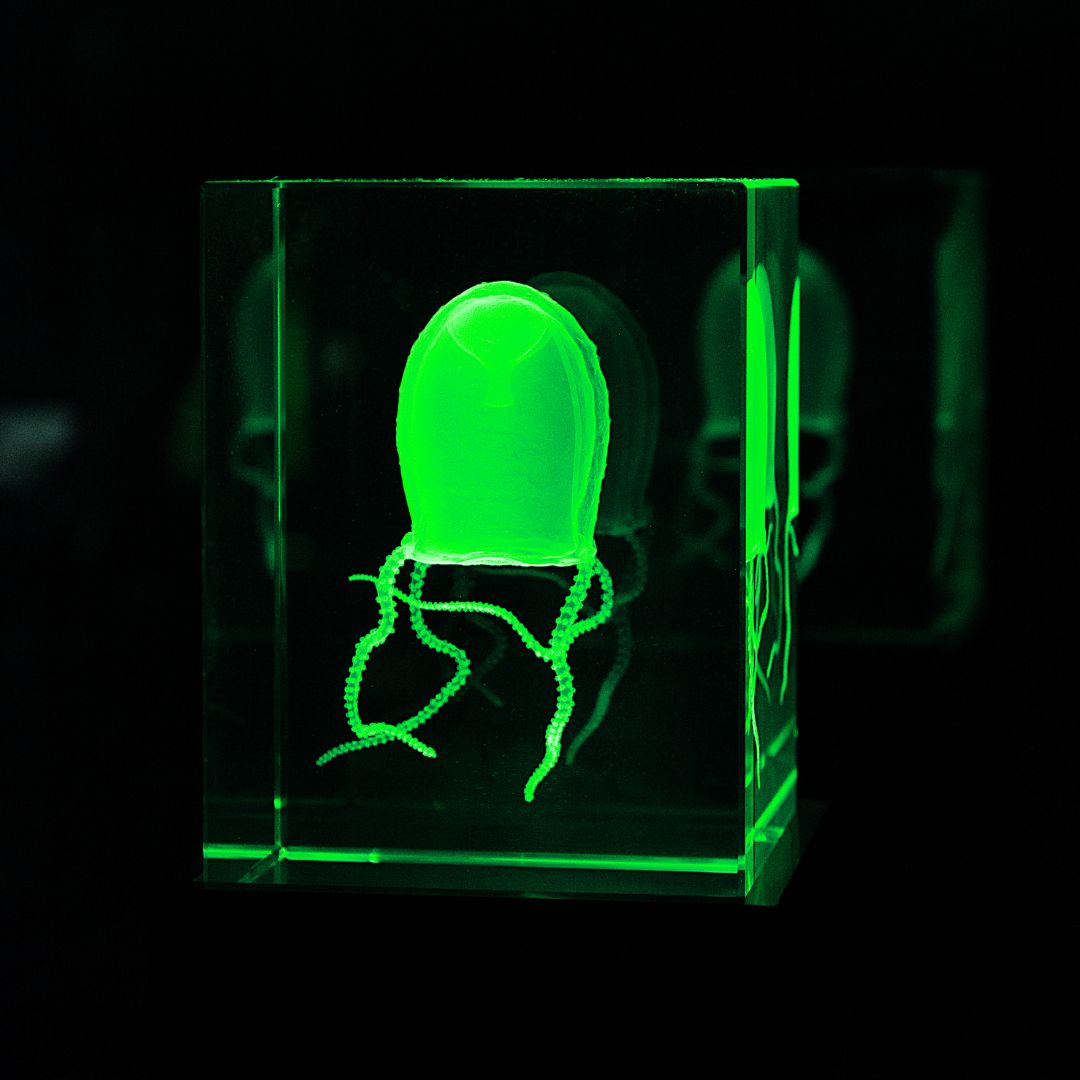

How Does Subsurface Laser Engraving Work?
How does SSLE (sometimes affectionately known as bubblegram) work? These amazing — and beautiful — objects are created when special green lasers are pinpointed at specific locations within a solid block of optical crystal. The desired image is uploaded onto a computer, which then focuses millions of high-intensity laser beams into tiny points inside the glass.
The lasers must be tweaked and calibrated to exact specifications in order to create these precise 3D images. And speaking of images, using high-resolution photos is key. In order for the lasers to do their work and create the highest quality crystal, the desired image must be as highly optimized as possible.
Once the optimized photo is uploaded, the lasers are finely calibrated using what's known as "point assortment." A special software is used to get just the right assortment of points to create high definition image within a transparent object, such as glass crystals.
Though it may seem counterintuitive, it only requires one laser to create the multiple fracture points that form the 3D image. That's because every laser contains multiple beams on the nano level, and those beams can be directed with precision by the computer software that governs the SSLE process.
All of these beams converge through a special lens, which directs the beams into the interior of the crystal. When the beams hit their targeted points, they create enough heat and energy to create a bubble-like micro-fracture or crack. Millions of these bubbles combine to create a 3D image that looks as if it's floating inside the solid crystal.
The result? A beautiful object that commemorates the memory of a loved one. Along with photographs and other images, you can have inscriptions engraved on the crystal, as well.
These lovely heirlooms can be created for any person, pet or event you want to commemorate. Virtually any high-quality, high-resolution image can be created in three-dimensional form inside a flawless crystal. It's a keepsake that honors your loved one and keeps memories alive.





